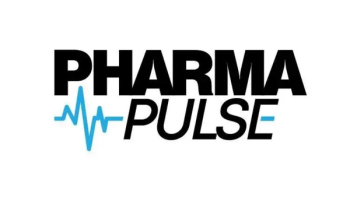
- Pharmaceutical Commerce - March 2010
FDA unveils its Serial Numeric Identifier (SNI) guidance for encoding pharma packages
Code would include NDC number; GS1 coding structure gets a nod
As promised and on schedule, FDA’s Office of Policy has published its final “Standards for Securing the Drug Supply Chain—Standardized Numerical Identification for Prescription Drug Packages.” This was an obligation imposed by Congress when the FDA Amendments Act of 2007 was passed, giving the agency 30 months to make such a recommendation. That obligation, in turn, was something of a compromise between those who were seeking a national serialization and drug-tracking standard, and the lack of consensus (or even willingness) to do so at the time. At the very least, the thinking went, FDA could recommend a numbering system that industry could rally around.
As compared to the draft version (January 2009), the final version specifies the inclusion of the 10-digit NDC code for pharma products, plus a unique code of up to 20 alphanumeric characters (i.e., not just numbers). It does not include lot or batch numbers, nor expiration dates. It recommends that the code be applied in both machine- and human-readable form. And FDA notes that it is harmonious with the GTIN (Global Trade Item Number) of the GS1 organization (Congress specified that the recommendation address international systems).
FDA notes that not all biopharma products use the NDC; an example is blood products and tissues, which use another coding system, ISBT 128; these are excluded. And it notes that the serialization applies to smallest “unit of sale”—if a unit of sale includes six syringes in a package, then the package is encoded, and not each syringe. Repackagers must be able to tie their SNI to the original SNI.
So, a string of up to 30 digits placed on a drug package—what’s the big deal? With this guidance, FDA is at least steering the industry toward a national (and ultimately, international) standard for drug tracking, which is both an anti-counterfeiting measure and a means of streamlining more automated supply chain operations. Now that the Obama Administration’s healthcare-reform bill has passed, there is talk of bringing the Buyer-Matheson legislation forward in the House, which details a drug-tracking system; meanwhile, industry advisors (and most of the leading Big Pharma companies) are preparing for a 2015 start date for drug tracking and e-pedigree.
Articles in this issue
over 15 years ago
The Pill as OTC -- Access Versus Health Concernsover 15 years ago
Going Around the Brand 'Positioning Wheel' With Kantar Healthover 15 years ago
Spotlight on the EMD Serono Specialty Digest, 6th EditionNewsletter
Stay ahead in the life sciences industry with Pharmaceutical Commerce, the latest news, trends, and strategies in drug distribution, commercialization, and market access.





